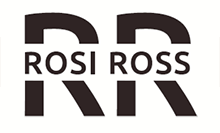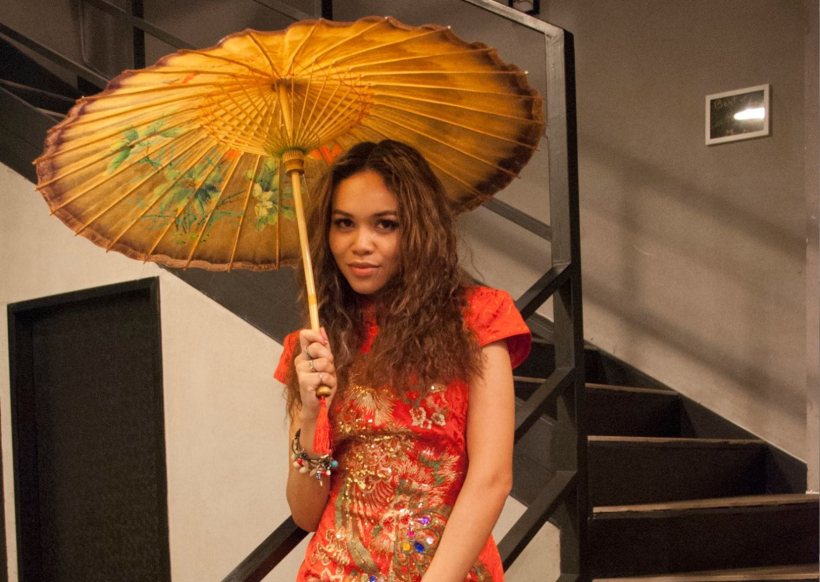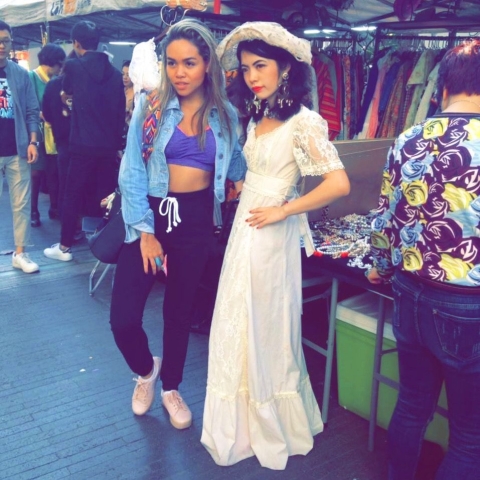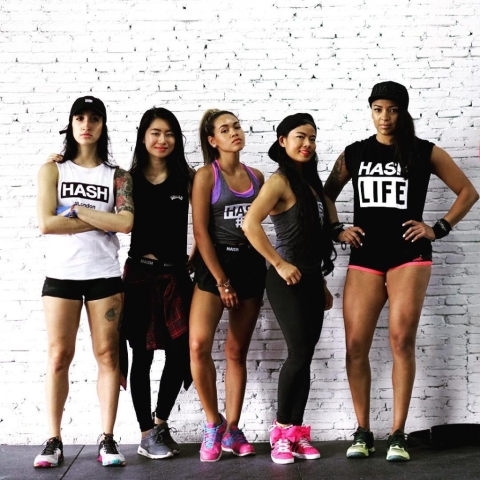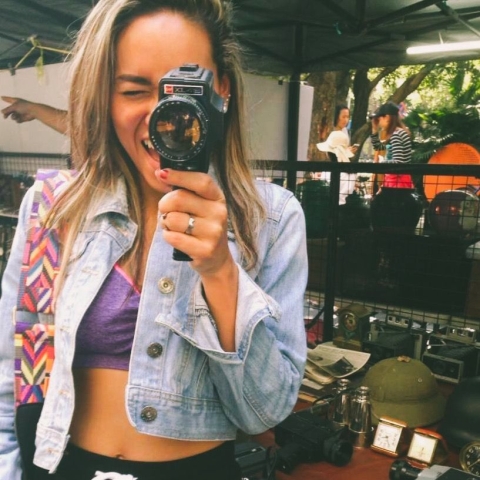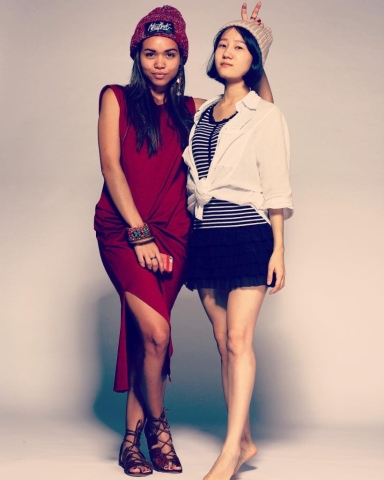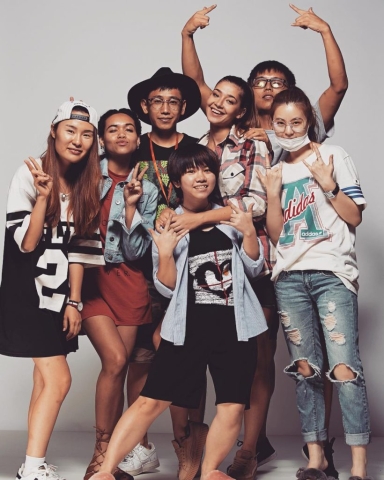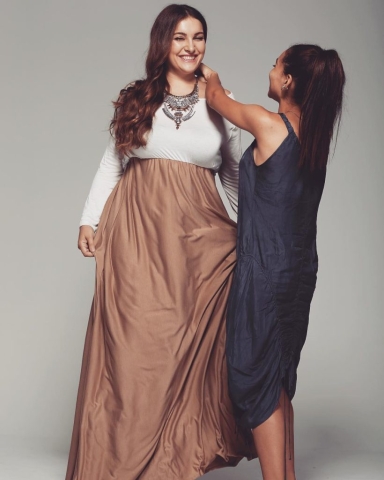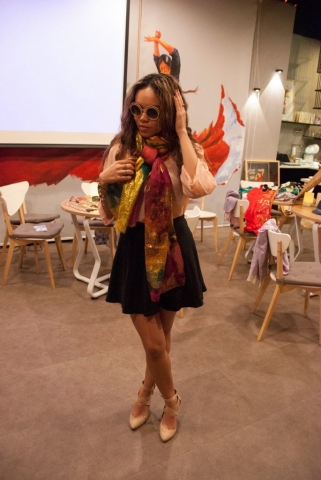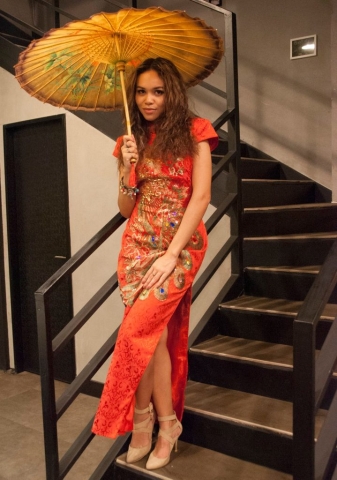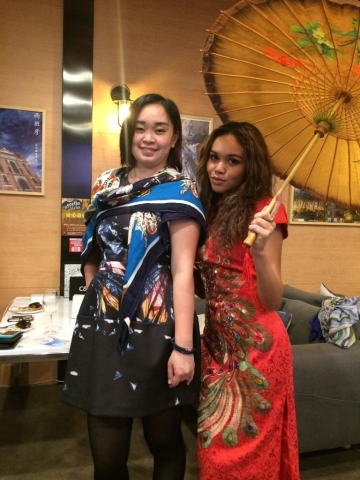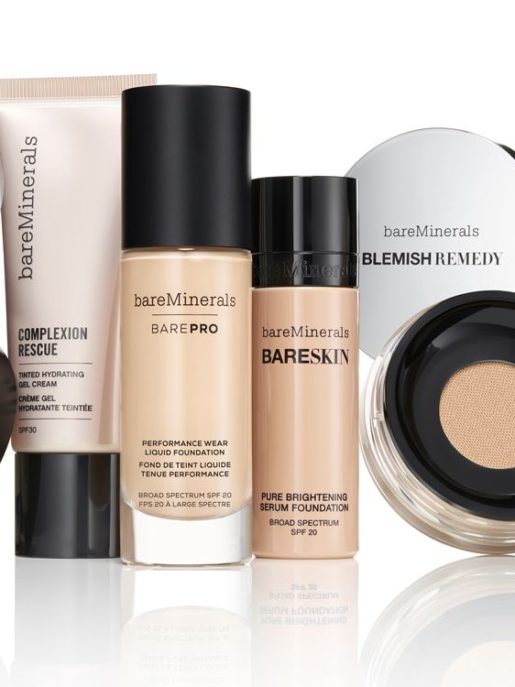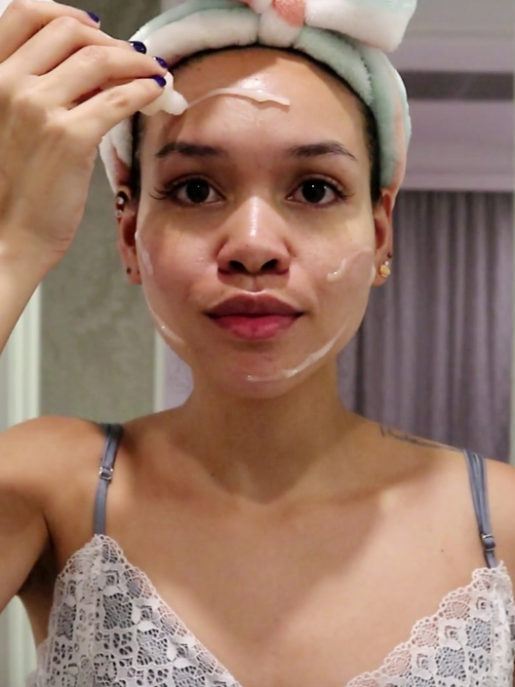In the kaleidoscope of global beauty standards, China stands out with its own vibrant palette of ideals and influences. From the allure of pale skin to the pursuit of innocence, Chinese beauty standards reflect a tapestry woven from cultural heritage, modern media, and societal values.
Cultural Kaleidoscope
In China, beauty is not merely skin-deep; it is a reflection of cultural values and historical narratives. While Western cultures celebrate bronzed skin as a symbol of vitality and leisure, China’s reverence for porcelain-like complexions traces back millennia. During the Han Dynasty, paleness signified privilege, as it suggested a life shielded from toil under the sun. This preference for fair skin persists today, evolving beyond social status to encompass notions of youthfulness and elegance.
In the digital age, social media serves as a vibrant canvas where beauty standards are painted and reshaped. Unlike the contoured glamor of Western selfies, Chinese social media platforms showcase a preference for subtlety and softness. Inspired by neighboring Japan and South Korea, Chinese beauty aficionados seek delicate features: big, expressive eyes and rose-tinted lips. This aesthetic, epitomized by icons like Fan Bingbing, reflects the fusion of global trends with indigenous sensibilities.
However, China’s beauty ethos transcends mere aesthetics; it embodies a philosophy of self-care and holistic well-being. Amidst the clamor for perfection, many Chinese women embrace a minimalist approach to beauty, focusing on skincare rituals rather than heavy makeup. This reverence for natural beauty underscores a deeper appreciation for self-confidence and authenticity.
Western girls love to be tanned, Asian girls prefer white skin.
Navigating Identity
In a country where tradition and modernity converge, beauty becomes a nuanced expression of identity. While Western standards often exalt voluptuousness, Chinese ideals gravitate towards understated elegance. The rise of digital beauty editing apps reflects this dichotomy, offering users the power to enhance features while preserving cultural authenticity. In a society where conformity often reigns, these tools empower individuals to navigate the intersection of tradition and innovation.
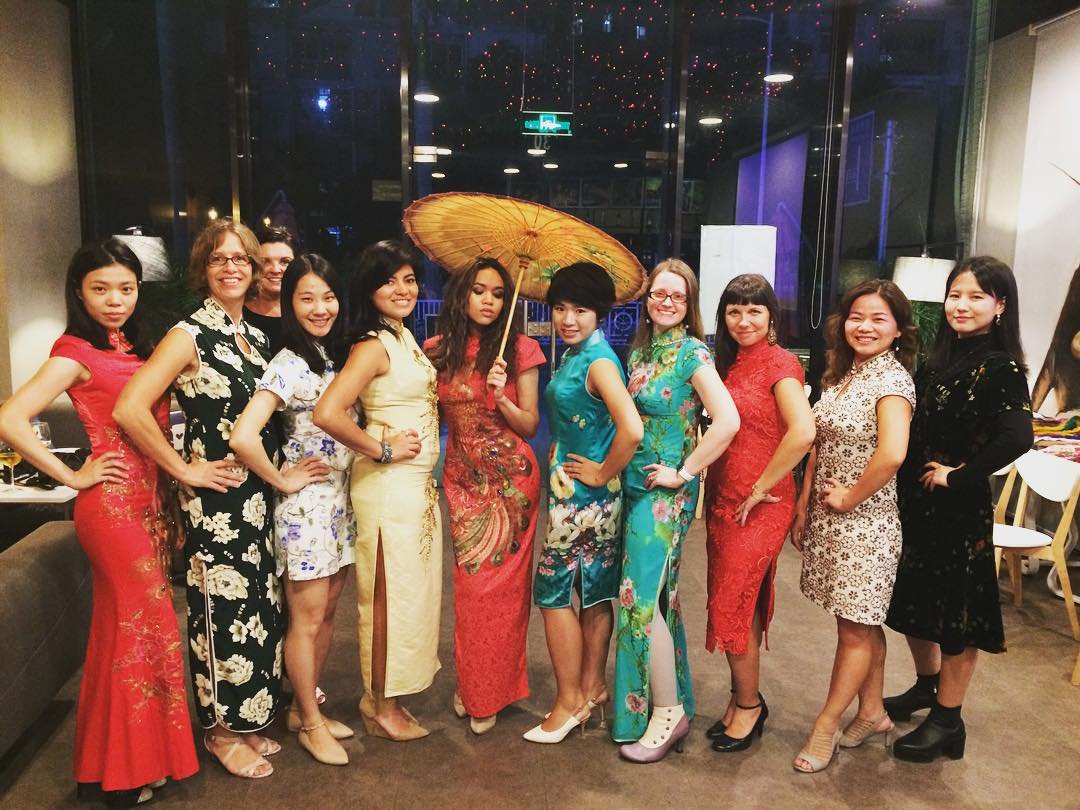
Beyond the confines of beauty norms lies a rich tapestry of cultural narratives and personal experiences. From childhood memories of sun-kissed adventures to societal pressures for conformity, every shade of beauty reflects a unique journey. Embracing diversity means honoring the myriad influences that shape our perceptions and preferences.
Ultimately, beauty is a canvas where individuals paint their stories and assert their agency. Whether embracing the purity of porcelain skin or reveling in the warmth of a sun-kissed glow, each choice is a testament to self-expression. In a world where beauty knows no bounds, empowerment lies in the freedom to define one’s standards and celebrate the kaleidoscope of identities that shape our world.
Asian girls like and want to be cute, this is not offensive,
being cute is never something controversial.
In the mosaic of global beauty, China’s standards stand as a testament to the intersection of tradition and innovation, history and modernity. From the reverence for fair skin to the celebration of innocence, Chinese beauty reflects a rich tapestry woven from diverse influences and lived experiences. As we journey through the ever-evolving landscape of beauty, let us embrace the diversity that enriches our world and celebrate the myriad shades of beauty that unite us all.
